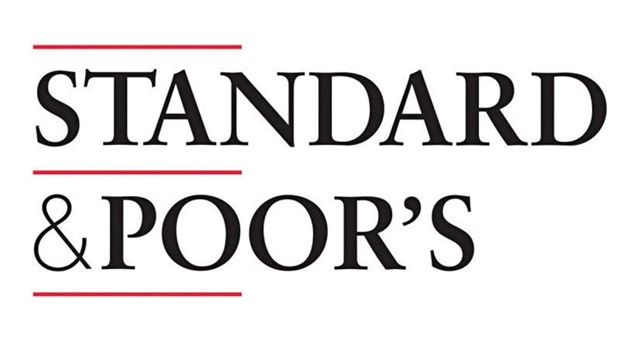Green transactions within the energy sector in the Gulf Co-operation Council or GCC are expected to increase, albeit very gradually, according to a global credit rating agency Standard & Poor's (S&P).
"This reflects our expectation of investors increasing scrutiny on ESG (environment, social and governance) targets within overall strategies and that local regulations will come into effect and increase need for these transactions," S&P said in a latest report.
The rating agency said utilities and renewables will likely continue to be more active in sustainable issuance than the broader oil and gas and commodity chemical players.
Expecting energy players' capital expenditure (capex) toward environmental efforts to rise in the next decade, but from a low base; S&P said there is a clear recognition from the GCC energy firms of the opportunities and challenges posed by the energy transition.
"However, we believe it will take time before well-articulated (quantitatively and qualitatively) sustainability strategies with meaningful spending behind them materialise," it said.
Companies are participating in the sustainability initiatives, but often only have minority stakes in these investments, according to S&P.
Most of the national oil companies (NOCs) in the (Gulf) region are investing in renewables, introducing blue and green hydrogen, as well as selling blue ammonia to increase the push for clean energy, but are doing so largely through partnerships with power and utilities or international players, it highlighted.
"Therefore, we don't expect this will materially impact the cash flows and overall capex of NOCs and chemical companies that we rate over the next five years," it said.
Highlighting that the energy sector would continue to only make up a small fraction of total sustainable debt issuance volumes in the GCC in the short term; it said this is despite the GCC's total sustainable debt issuance – including green bonds, green loans, sustainability bonds, sustainability-linked loans, and sustainability-linked bonds – reaching a record $14.5bn in 2021 for all sectors, according to data from Bloomberg and the Environmental Finance Bond Database.
The energy players' spending on sustainability is picking up, but will not contribute materially to cash flow over the next five years, despite a greater focus on environmental targets in the region, it said.
The report found that the GCC players benefit from low-intensity gas-based feedstock like methane and ethane for downstream production with very low lifting costs.
"This means regional energy players are already better positioned from a greenhouse gas emission perspective than most global peers, even low-cost players such as those in Russia," it said.
"This reflects our expectation of investors increasing scrutiny on ESG (environment, social and governance) targets within overall strategies and that local regulations will come into effect and increase need for these transactions," S&P said in a latest report.
The rating agency said utilities and renewables will likely continue to be more active in sustainable issuance than the broader oil and gas and commodity chemical players.
Expecting energy players' capital expenditure (capex) toward environmental efforts to rise in the next decade, but from a low base; S&P said there is a clear recognition from the GCC energy firms of the opportunities and challenges posed by the energy transition.
"However, we believe it will take time before well-articulated (quantitatively and qualitatively) sustainability strategies with meaningful spending behind them materialise," it said.
Companies are participating in the sustainability initiatives, but often only have minority stakes in these investments, according to S&P.
Most of the national oil companies (NOCs) in the (Gulf) region are investing in renewables, introducing blue and green hydrogen, as well as selling blue ammonia to increase the push for clean energy, but are doing so largely through partnerships with power and utilities or international players, it highlighted.
"Therefore, we don't expect this will materially impact the cash flows and overall capex of NOCs and chemical companies that we rate over the next five years," it said.
Highlighting that the energy sector would continue to only make up a small fraction of total sustainable debt issuance volumes in the GCC in the short term; it said this is despite the GCC's total sustainable debt issuance – including green bonds, green loans, sustainability bonds, sustainability-linked loans, and sustainability-linked bonds – reaching a record $14.5bn in 2021 for all sectors, according to data from Bloomberg and the Environmental Finance Bond Database.
The energy players' spending on sustainability is picking up, but will not contribute materially to cash flow over the next five years, despite a greater focus on environmental targets in the region, it said.
The report found that the GCC players benefit from low-intensity gas-based feedstock like methane and ethane for downstream production with very low lifting costs.
"This means regional energy players are already better positioned from a greenhouse gas emission perspective than most global peers, even low-cost players such as those in Russia," it said.




